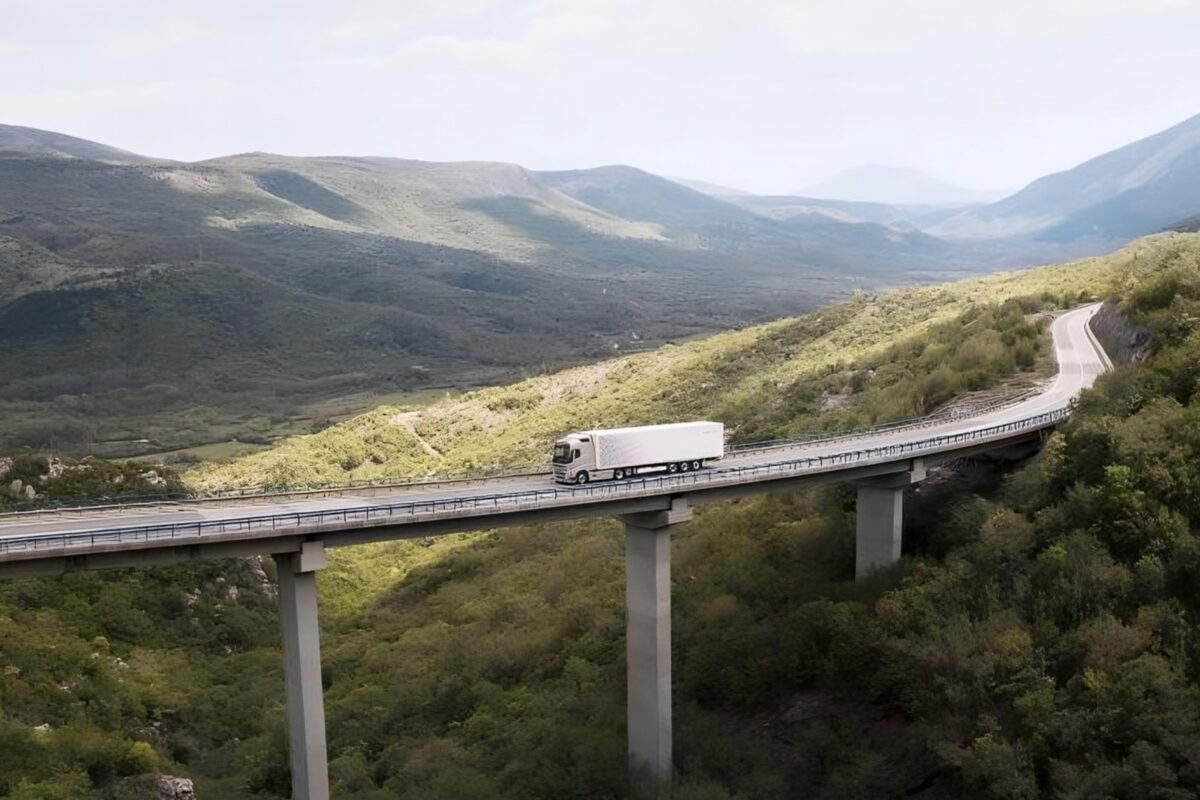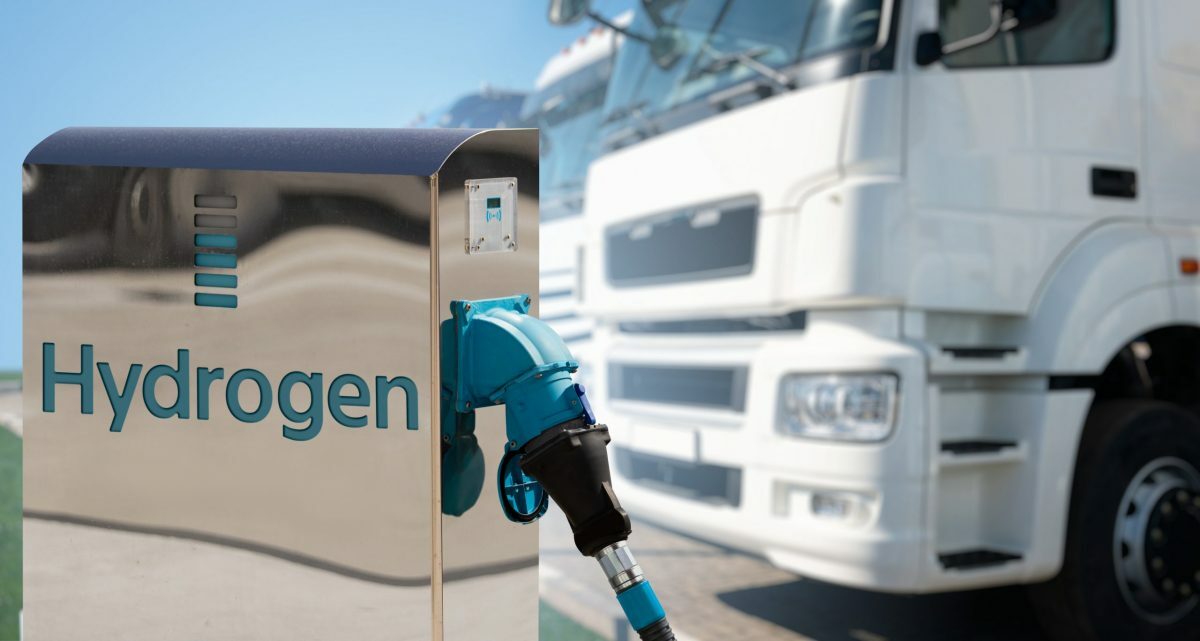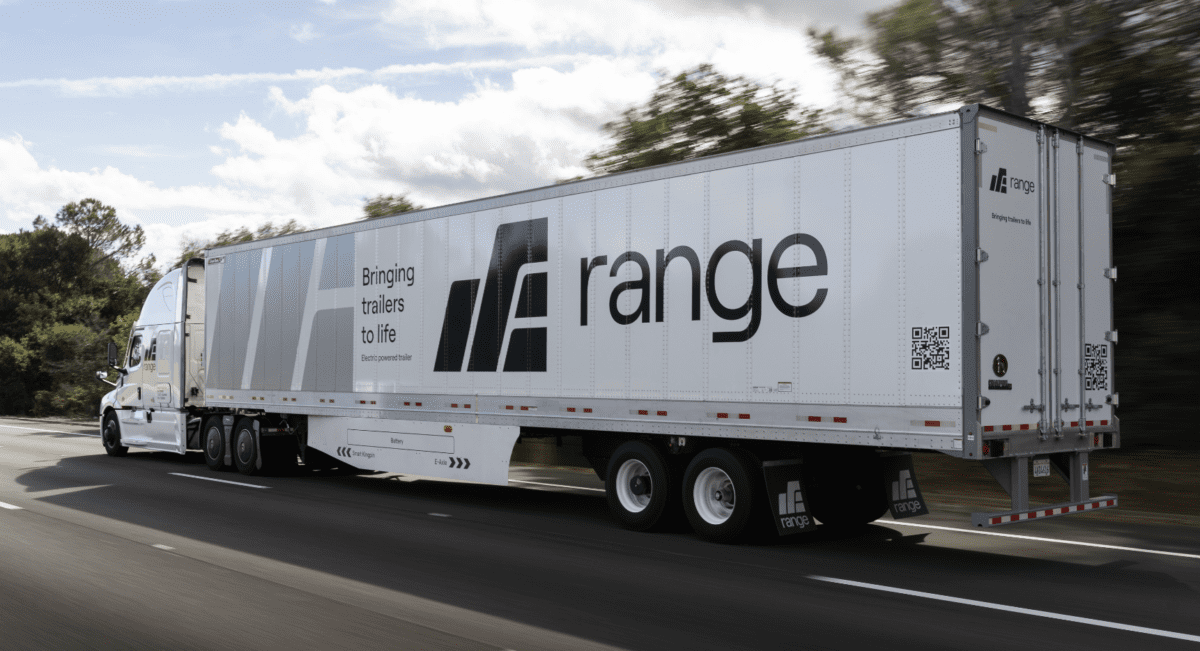It is clear from a recent panel discussion at the American Truck Dealers’ annual convention in Orlando, Florida, that the seemingly inevitable – though nevertheless much-debated – move towards European-style vertical integration in the US heavy-duty truck and bus industry is generating a measure of schizophrenia among North America’s Tier One powertrain and driveline suppliers.
At the ATD event, engine manufacturer Cummins, transmission supplier Eaton and axle producer Meritor made clear, not surprisingly, that they all want the best of both worlds. They want to maintain cosy relations with their vital OEM Class 8 truck and bus customers, pretending they are not in competition with them.
They all want the best of both worlds…to maintain cosy relations with their vital OEM Class 8 truck and bus customers, pretending they are not in competition
But in truth that competition is very real. Daimler’s Freightliner and Western Star, Volvo/Mack, Paccar’s Peterbilt, and Kenworth and Navistar are all now incentivising their end-user customers to specify in-house in preference to outsourced engines and, where available, their own drivelines as well. That way they can drive up their margins through added-value manufacturing and reap the added benefits of captive aftermarket service and parts business, to be shared with their dealers.
Delegates at the Orlando convention might have been surprised to hear Meritor Vice President, Chris Snodgrass, assert that he felt strongly – and thought that there was the technical data there to prove – that a fully integrated powertrain and drivetrain system could be more efficient than one that is not fully integrated. Independents, he said, need to get into that equation, otherwise they are going to do it themselves. Independents need to tell the OEMs that if they want an integrated powertrain/drivetrain, they can do it for them.
Jeff Jones, Cummins’ Vice President of Sales and Market Communications, expressed even more pointedly how Tier One suppliers needed to perform a balancing act in their dealings with OEMs, striving towards more and more vertical integration. Cummins, he said, has to continue to find ways not to compete with OEMs, but to complement what they offer. Cummins recognises how dependent it is on OEMs, OEM dealers and customers, he said, adding, “we don’t go to market if we’re not available in an OEM”.
There is no doubt that Daimler and Volvo would like to become as self-sufficient in North America as they are elsewhere in the world
Ken Davis, President of Eaton’s vehicle group, predicted that it would have to work ever more collaboratively with OEMs and proprietary engine suppliers – of which Cummins is now the only contender – to produce “more customised products”. He said Eaton would have to tune the ratios, the software and the controls in closer collaboration with the engine maker, whether the latter is the vehicle OEM or Cummins.
There is no doubt that Daimler and Volvo would like to become as self-sufficient in North America as they are elsewhere in the world. Paccar and Navistar’s aspirations in that direction are more muted – today they would be struggling without a Cummins engine option. The key questions facing Cummins in particular are whether the vertical integration tide can be stemmed, and whether in consequence, the company will have a role to play in the North American Class 8 business in, say, ten to 15 years. The answers coming from Columbus, Indiana would certainly be different from those one would hear in Stuttgart or Gothenburg.
The opinions expressed here are those of the author and do not necessarily reflect the positions of Automotive World Ltd.
Alan Bunting has a background in engineering, and has been writing on commercial vehicle and powertrain related topics since the 1960s. He has been an Automotive World contributor since 1996.
The AutomotiveWorld.com Comment column is open to automotive industry decision makers and influencers. If you would like to contribute a Comment article, please contact editorial@automotiveworld.com.



